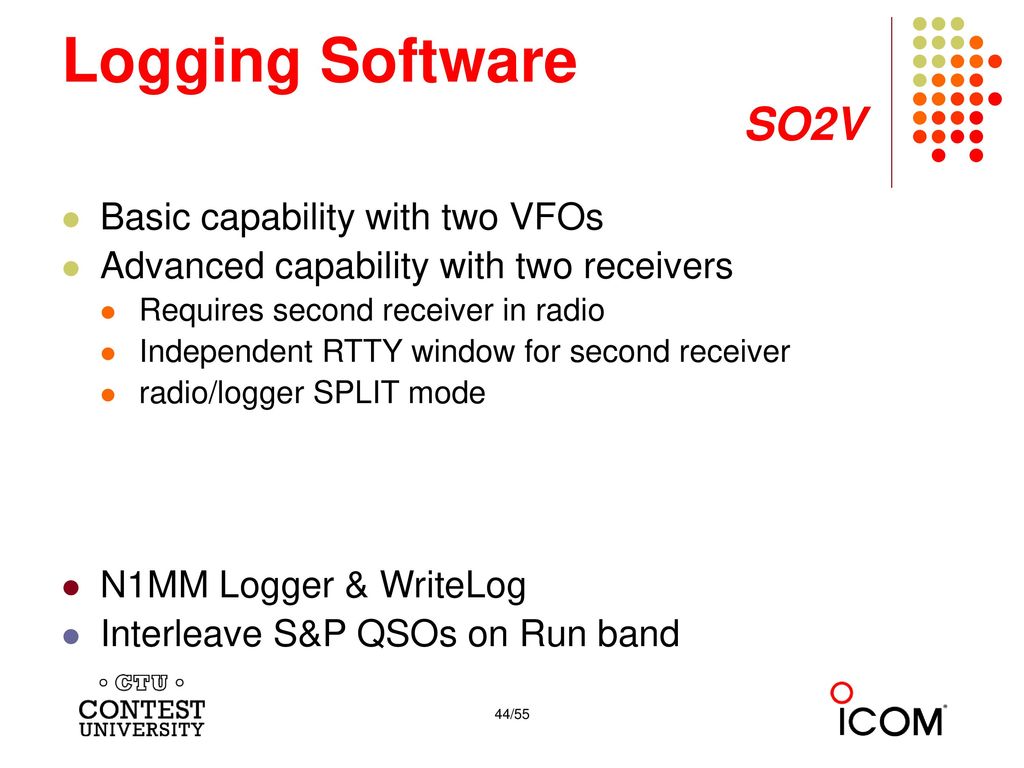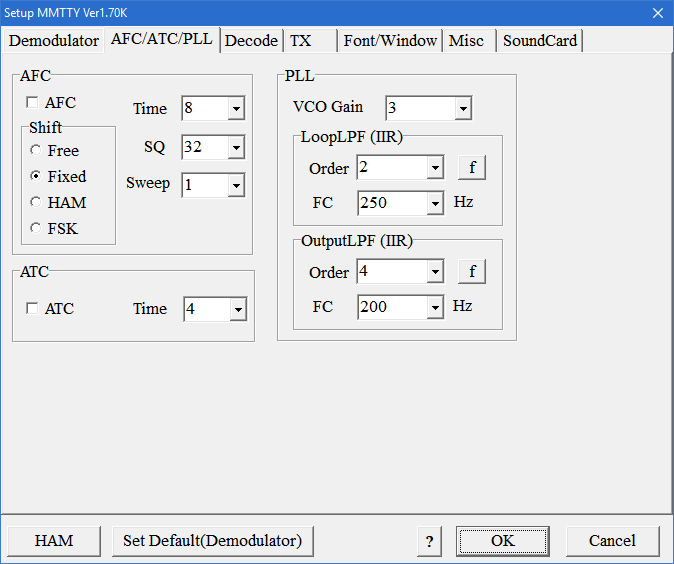

- RTTY PROGRAMS AND N1MM LOGGER SERIAL
- RTTY PROGRAMS AND N1MM LOGGER SOFTWARE
- RTTY PROGRAMS AND N1MM LOGGER PC
AnotherĪudio cable, typically monaural, is then connected from the soundcard to theĬan be used if the radio has an FSK input (most modern radios do). Space are generated by MMTTY and sent to the soundcard playback output. For AFSK, the two audio tones for Mark and Lower audio tones are more comfortable to listen to,Įspecially over extended operating periods. Partners can each use different local audio tones without knowing what the The tone choice only affects the local operator, similar toĬhoosing the audio sidetone frequency, or pitch, for CW reception. Two MMTTY instances can run inĭefault audio tones are 21 Hz but can be changed to the operator’s On which receiver is desired for decoding. In MMTTY, theĬonnected soundcard is selected as well as the left or right channel depending Usually, a stereo audio cable is used toĪccommodate both the main and sub receivers in the radio.
RTTY PROGRAMS AND N1MM LOGGER PC
A simple audioĬable between the radio and PC is all the hardware needs.
RTTY PROGRAMS AND N1MM LOGGER SOFTWARE
Input, which is then accessed by decoder software such as MMTTY. RTTY requires that the receiver audio is connected to the PC soundcard recorder Another popular RTTY decoder/encoderįreeware application is 2Tone, introduced in 2012 by G3YYD.

Logging software such as DXLab Suite, N1MM+, etc. This RTTY software is usually integrated with Introduced by JE3HHT, almost all decoding (and encoding for transmission) hasīeen done in software on a PC. If any, humans are skilled at decoding RTTY signals in their head, so hardware The Mark signal depending on whether the radio is in LSB or USB mode. Therefore, either the higher or lower audio tone will be The higher audio tone on one’s headphones will be the lower RF frequency if the This is how spots should be expressed, for example. The standard for specifying an RTTY frequency is to use the Mark The higherįrequency RF carrier is called “Mark” and the lower one is called “Space.” The MarkĪnd Space are often referred to as “tones” because they are two audio tones in The “shift” and is commonly 170 Hz in almost all amateur RTTY today. Two RF carriers have a fixed frequency difference between them. The two carriers are exactly symmetrical and therefore The RTTY signal itself consists of two RF carriers that are switched on and It helps to have a clear picture in one’s mind of how the mode works in order to solve the inevitable configuration issues that are frequently encountered, even by experienced RTTY operators.

Just following instructions is often not successful. This helps support the channel and allows me to continue to make videos like this.Getting started in the RTTY mode can be confusing and frustrating. Thanks for watching! Please like, subscribe and share!ĭISCLAIMER: This description may contain affiliate links, which means that if you click on one of the product links, I may receive a small commission. I hope to inspire people to get involved in Amateur Radio.įor parts and equipment I use, please visit my website ► On my YouTube channel I upload videos mostly on the Icom 7300 and Icom 7610 as well as Ham Radio software programs. I love the hobby and experimenting with radios, antennas and software. Icom 7300 RTTY FSK with MMTTY and N1MM Logger: N1MM Logger and FSK demo during RTTY contest. Creating a quick shortcut to minimize VSPE when running.Ħ. Saving the configuration file to be used with shortcut.ĥ.
RTTY PROGRAMS AND N1MM LOGGER SERIAL
Configuring a Splitter for using a virtual serial port.Ĥ. ICOM 7300 IS IN RTTY MODE USING RTTY FILTER!!!ģ. Take a look at the end of the video for RTTY FSK demonstration. VSPE, virtual serial ports emulator, will get you going on FSK without a CI-V cable when you use the Icom 7300.


 0 kommentar(er)
0 kommentar(er)
